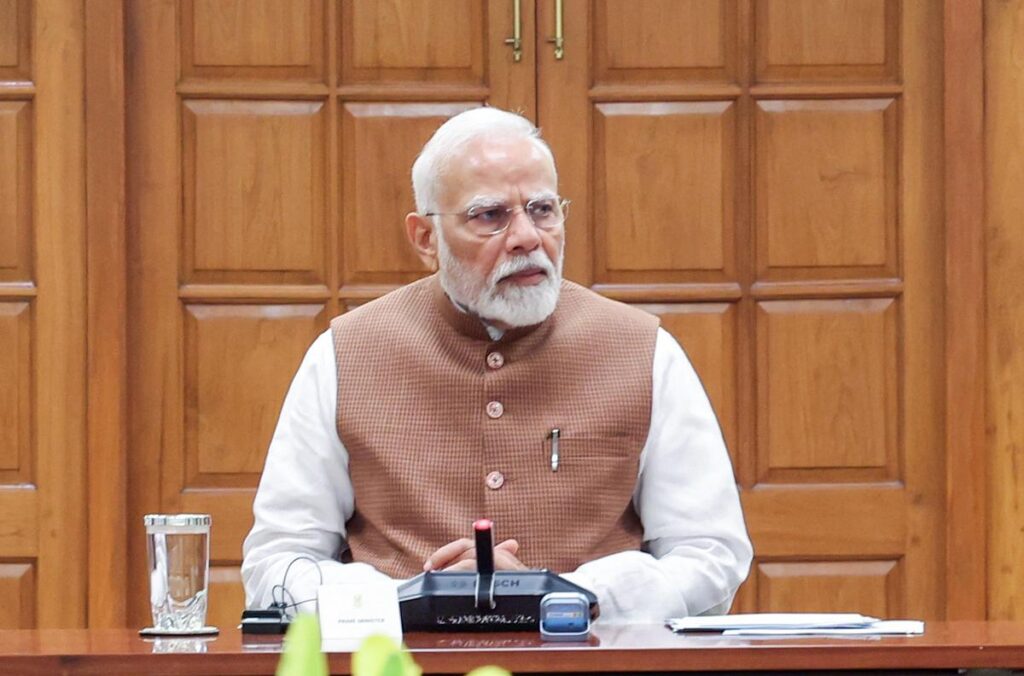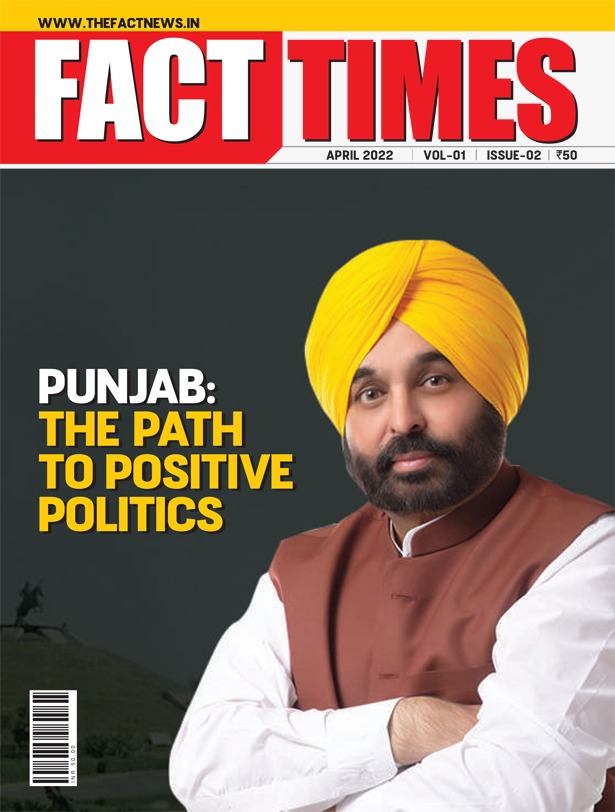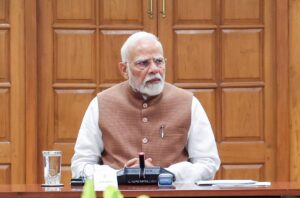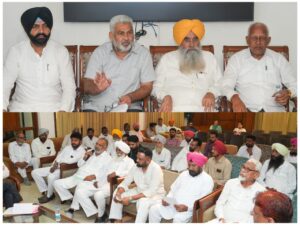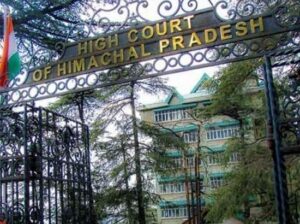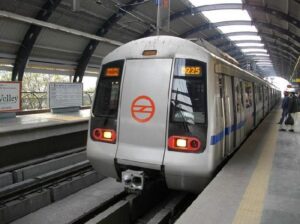Fact News Service
Chandigarh, August 13
India’s stocks have risen tremendously in the last 11 years, and one man who could be credited for it is the man at the helm—Prime Minister Narendra Modi. His flagship initiatives—Make in India, Startup India, and Digital India—have significantly strengthened the pillars of manufacturing, entrepreneurship, and digital governance. Under his leadership, India’s infrastructure witnessed rapid advancement: the metro rail network expanded across major cities, railway electrification more than doubled, the number of operational airports rose from74 to over 160, and national waterways saw a tenfold increase. With a steady focus on the mantra of “Reform, Perform, Transform,” India is progressing from being the world’s 10th largest economy toward becoming the 5th—and potentially even the 3rd—largest in the near future.
Middle-East-based businessman and philanthropist Monish Behl has aptly summed it up: “The changes in infrastructure under Modi are remarkable. Roads, airports, and industry are all thriving. India has become a confident country and just cruising under a confident PM working 24X7.”
Introduction of Pradhan Mantri Awas Yojana and other welfare schemes
Behl says social welfare schemes, housing, health & inclusion such as the Pradhan Mantri Awas Yojana(PMAY) that promoted affordable housing, Swachh Bharat Abhiyan aimed to eliminate open defecation in rural India by 2019 also did wonders. The Ujjwala Yojana provided LPG connections to millions of women, while Ayushman Bharat offered health coverage to hundreds of millions. Digital governance and financial inclusion One of Modi’s standout policies has been the push for digital governance. Through the JanDhan-Aadhaar-Mobile (JAM) trinity, the government simplified subsidy transfers, reduced corruption, and improved financial inclusion. More than 500 million JanDhan bank accounts were opened, giving people without bank access entry to formal financial systems. The Unified Payments Interface (UPI), although developed by the NPCI, experienced significant growth under Modi’s government. By 2025, UPI had become the backbone of India’s digital payment landscape. According to Behl,“These programmes aren’t just numbers; they bring real improvements to the lives of millions.” Under Modi, India saw rapid growth in highways, rural roads, electrification, and urban metro systems.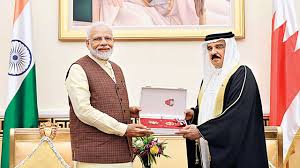
Bharatmala and Sagarmala projects
The Bharatmala and Sagarmala projects aimed to enhance road and port connectivity. By 2024, India reportedly built over 12,000 km of highways each year, a notable increase over previous decades.
Introduction of GST
Moreover, the introduction of the Goods and Services Tax (GST) in 2017, despite initial challenges represented a significant step toward a unified national market.
Defense Modernisation and Operation Sindoor
A pivotal moment occurred with Operation Sindoor, a quick air-and-missile strike launched on May7, 2025, in response to the Pahalgam terror attack. The operation targeted nine militant camps in Pakistan and Pakistan-occupied Kashmir, using indigenous systems without raising tensions. Modi pointed out that the name ‘Sindoor’—a symbol of dignity for married women—was chosen to honour the widows of the victims, stating that terror “wiped the sindoor from our sisters.” He called it a “reflection of our resolve, courage, and a transforming India,” inspiring a sense of patriotism across the nation. Various sources noted that families began naming newborn girls “Sindoor” in parts of UP and Rajasthan. Before this, the Balakot Strikes and surgical strikes in Uri were a reminder to Pakistan that there was a policy shift under the Modi regime and that zero tolerance towards terror attacks in any form will be strictly dealt with. Notably, the DRDO highlighted the significant role of indigenous systems like BrahMos and Akashteer during Op Sindoor. About Op Sindoor, Monish Behl points out, “Operation Sindoor demonstrated the strength of ‘Made in India’ defense and strategic autonomy. Our engineers built weapons that restored national dignity. All due to PM Modi.”
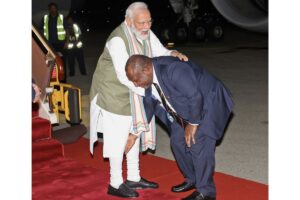
Foreign Policy and Global Standing
At the international stage, Modi has worked to elevate India’s profile. He visited various countries, addressed Indian diaspora events, and built strategic partnerships with the U.S., Japan, Australia, Middle Eastern, and African nations. India under Modi has taken a stronger position in global affairs. He advocated for a bigger role in forums like the G20, QUAD, and BRICS, while highlighting“ Atmanirbhar Bharat” (self-reliant India) as an economic vision for the post-pandemic world. In 2023, India successfully hosted the G20 Summit in New Delhi, showcasing its cultural heritage, digital leadership, and strategic independence. Behl says, “Internationally, PM Modi has put India on a pedestal from which there is no looking back. We can only aspire to grow and fulfil PM Modi’s Viksit India in 2047.”
As of 2025, PM Modi has been conferred with more than two dozen civilian honours from various foreign nations, making him the most internationally decorated Indian leader in history.



